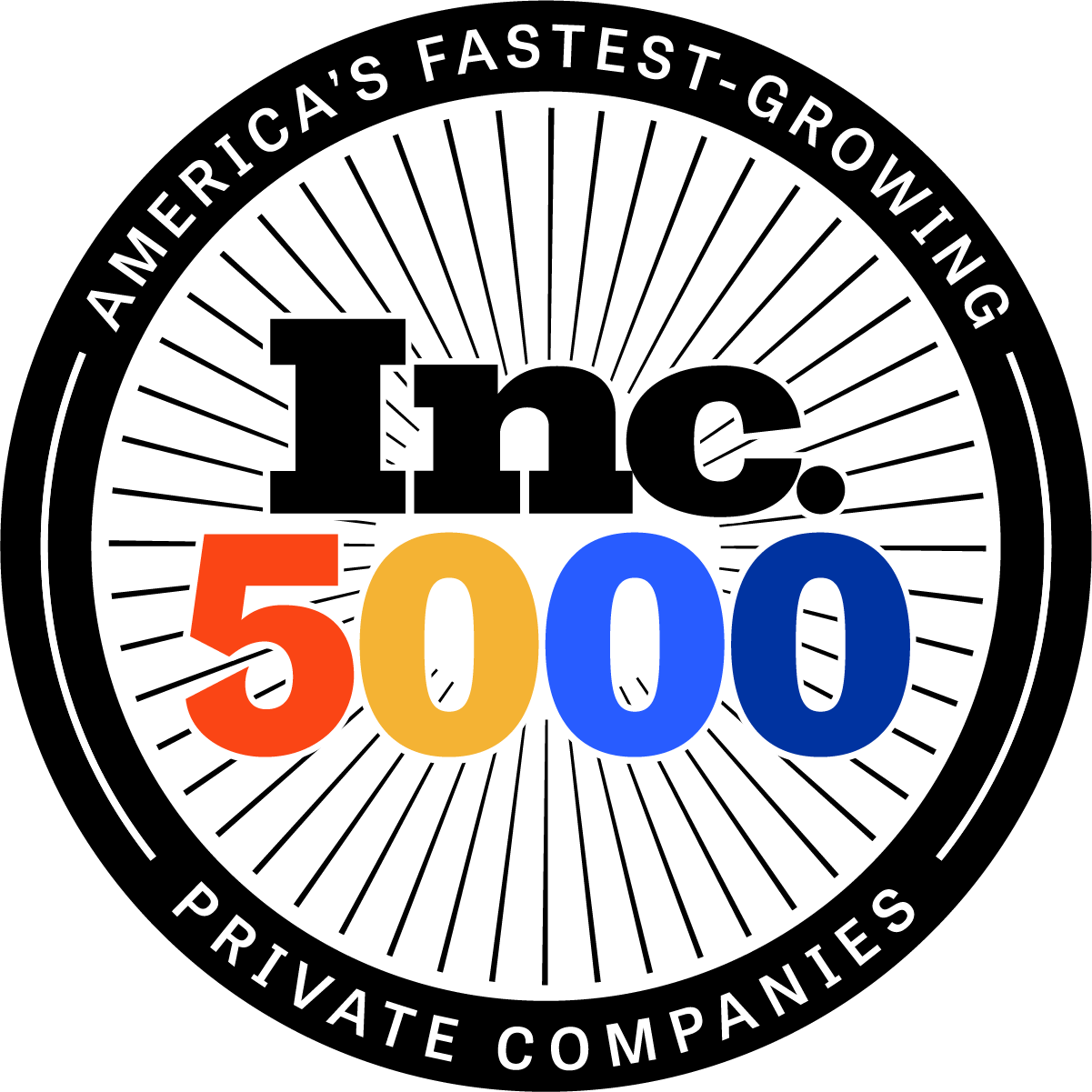Whether your employee health plans renew on January 1st or another date, now is an excellent time to jumpstart the planning process for all the benefits you provide to your workforce. Being proactive not only ensures a smoother transition to the new plan year; it gives you an opportunity to consider employee needs, weigh your options, and set a reasonable budget.
Here are five factors to consider as you craft your 2025 employee benefits package:
1. Evolving Employee Benefit Needs
As employees experience different life events, their benefit needs and expectations change. For example, most employees now place a higher value on mental health benefits. In a recent American Psychological Association survey, 92% of employees said it was important to work for an organization that provided mental health support.
Once seen as a nice-to-have, work flexibility is another benefit employees increasingly expect their employer to offer. A 2024 survey revealed that half of employees would consider leaving their employer if their work location flexibility was reduced.
Conduct an employee benefits survey for your employees to tell you what they like, don’t like and what they need.
2. The Rising Cost of Benefits
Businesses today are no strangers to annual benefit cost increases, but for small businesses, it can have a staggering effect. According to the National Federation of Independent Business (NFIB), 98% of small businesses worry healthcare costs will become unsustainable within the next five to ten years. Thankfully, there are several steps you can take to manage annual benefit expenses proactively, such as:
- Obtaining competitive bids from healthcare carriers and other providers
- Implementing wellness programs that encourage healthier lifestyle choices and potentially lower medical claim rates
- Partnering with a PEO that can negotiate more favorable healthcare premiums for your business
3. Voluntary Benefit Options
In a Metlife survey, 66% of employees said they wanted more benefit options. An excellent and cost-effective way to provide employees with more choice and breadth in their benefits is offering voluntary benefits, which are usually employee-paid. Examples of voluntary benefits your employees may be eager to utilize include:
- Critical illness coverage
- Long-term care insurance
- Supplemental life insurance
- Pet insurance
- Legal services
4. Employee Communication
To make well-informed choices about their benefits, employees must understand plan options, coverage levels, and critical deadlines—not just during open enrollment, but year-round. After open enrollment communications have subsided, consider sending periodic reminders and scheduling meetings to educate employees about available benefits. These meetings will also give employees an opportunity to provide feedback about the benefits you offer and what they’d like to see in the future.
5. New Legislation Affecting Benefits
Several laws influence employer responsibilities when providing benefits, including the Employee Retirement Income Security Act (ERISA), Consolidated Omnibus Budget Reconciliation Act (COBRA), Affordable Care Act (ACA), and Family and Medical Leave Act (FMLA). As you prepare for 2025, you should also be aware of any new legislative developments and how they could impact the benefits you’ll offer going forward. For example, you can expect the following in 2025:
- The Setting Every Community Up for Retirement Enhancement (SECURE) Act 2.0: Key provisions of the act governing retirement plan enrollments and contributions take effect.
- Affordable Care Act (ACA): The benchmark for assessing the affordability of employer-sponsored health coverage will increase.
Partner with Aspen HR for Expert Benefits Administration
Each year presents a new opportunity to refine your benefits program and keep it aligned with evolving employee needs. By planning ahead, considering your options, and making smart choices, you can make employee benefits a competitive advantage in attracting and retaining quality talent.
Outsourcing benefits to a PEO like Aspen HR is an excellent way to build a competitive benefits package that is also affordable for you and your employees. To learn more about how we can help you plan for 2025 and beyond, speak to a member of our team.






